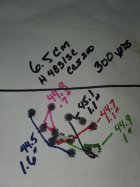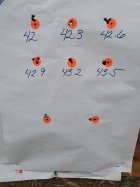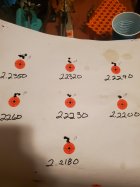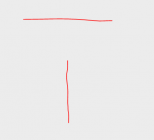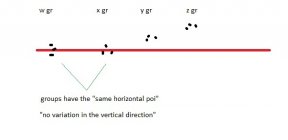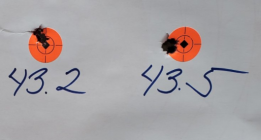I'm relatively new to tuning rifles to precision. I have two rifles that I've got to be half minute or better by just randomly loading charge weights and seating depths. While doing that, I thought there has to be a more methodical way of doing this, but that was how I was instructed to do it. I also didn't have a chronograph at the time, so that may be why I was instructed that way. I have recently changed powder & bullet lots, my pet load has disappeared, and I'm back to square one. People on this forum have been telling me to do ladder tests, etc. I'm somewhat familiar with the process, but don't know all the details and steps.
Could you walk me though a detailed step by step guide of what you do to tune your rifle and chase that tune as time passes. What seating depth do you start at? What powder charge do you start at? What increments do you vary seating depth and charge weight by? If your rifle goes out of tune, what do you do next assuming a perfect cleaning regiment, bolt tightness, etc (ie the tune is the problem)?
Thank you!
Could you walk me though a detailed step by step guide of what you do to tune your rifle and chase that tune as time passes. What seating depth do you start at? What powder charge do you start at? What increments do you vary seating depth and charge weight by? If your rifle goes out of tune, what do you do next assuming a perfect cleaning regiment, bolt tightness, etc (ie the tune is the problem)?
Thank you!










